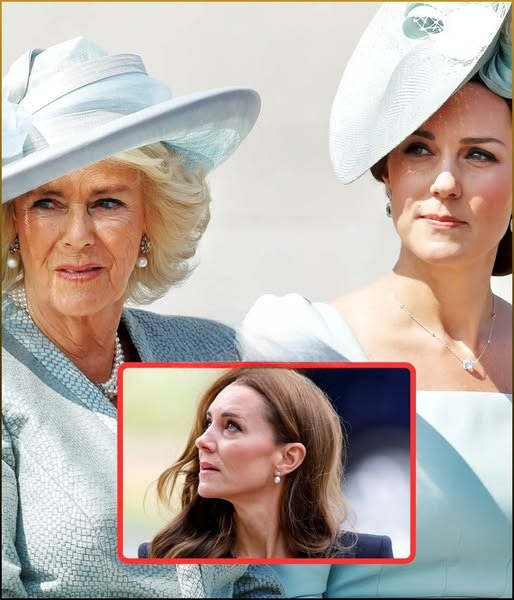
Catherine, Princess of Wales, and Queen Camilla have become key figures in the British royal family. As the monarchy evolves with new generations and public attention, they show different styles of leadership and duty.
Though no personal conflicts have been confirmed, media often compare them, especially in relation to King Charles III, Prince William, and Prince Harry.
This article reviews their roles and how their public images reflect the changing monarchy.
Queen Camilla’s Role as Consort to King Charles III
Queen Camilla became Queen Consort after King Charles III’s accession in September 2022, as requested by Queen Elizabeth II. She now supports Charles in official duties and champions causes like literacy, animal welfare, and domestic abuse victims. Despite early controversy due to her past with Charles, her public approval has improved, especially among older people.
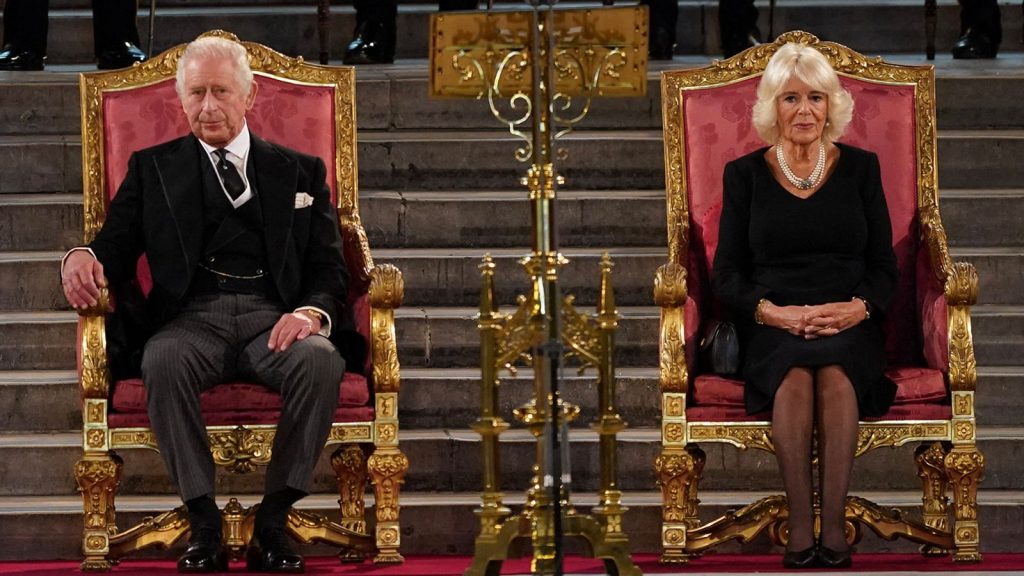
Princess Catherine: A Modern Royal Leader
Catherine, Princess of Wales, is a respected royal known for her grace and dedication. Married to Prince William, she champions causes like early childhood development through the Royal Foundation Centre for Early Childhood, launched in 2021. The center combines research and advocacy to support children’s wellbeing in the UK. Kate also promotes mental health, family support, and national unity, often representing the royal family at important events.
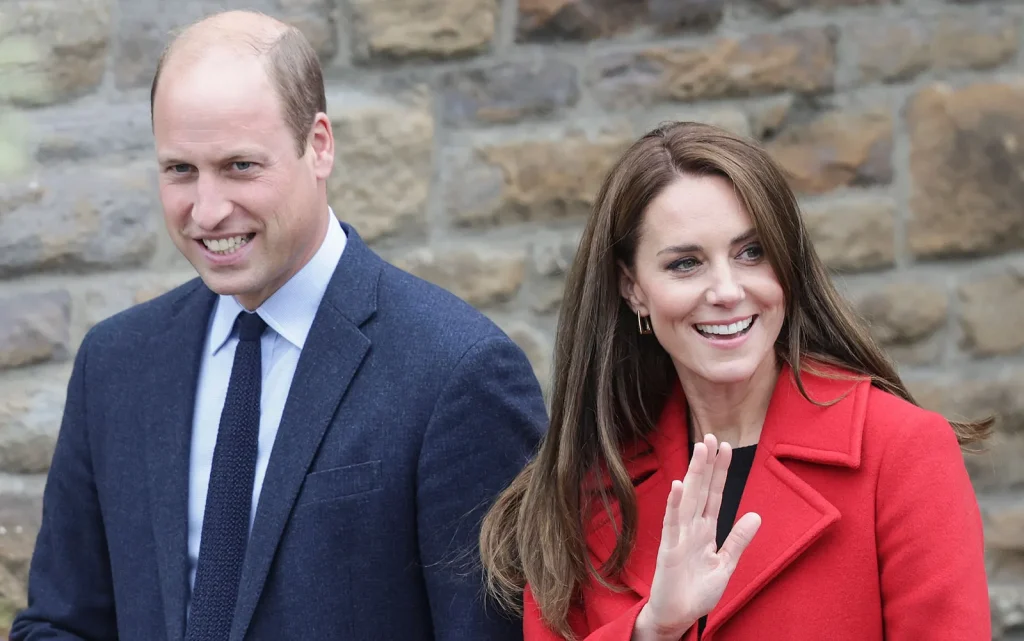
Royal Family Transitions and Media Narratives
No official complaints or legal actions have been confirmed by Buckingham or Kensington Palace, though tabloids sometimes speculate about family tensions, especially regarding Prince Harry’s exit and his memoir Spare.
Harry’s memoir mentions Queen Camilla, stirring public debate, but the royal household has not responded to specific claims.
No credible sources report any formal action by Princess Catherine against Queen Camilla. Rumors of lawsuits or disputes remain unconfirmed without official statements.
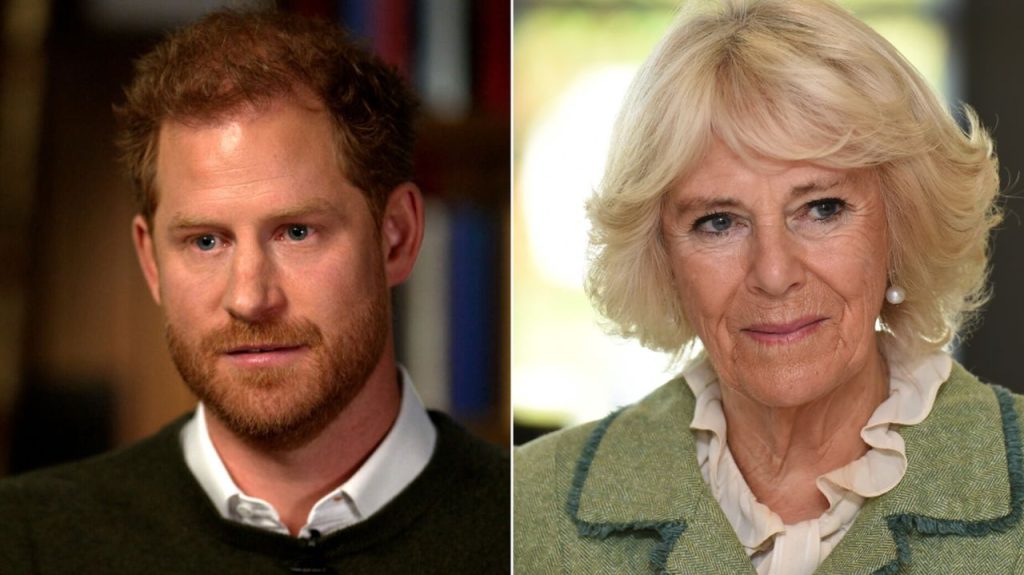
A Monarchy Under Public Scrutiny
The British monarchy continues to evolve with public expectations. After Queen Elizabeth II’s 70-year reign, her successors face more scrutiny in the digital age, where social media highlights every move.
Prince William and Princess Catherine have embraced this by presenting a relatable and modern image, using social media and video messages, especially during the COVID-19 pandemic. Royal experts describe them as “grounded and family-oriented.”
Queen Camilla, with her many years of experience, supports King Charles III by attending state visits, hosting dignitaries, and backing various charities.
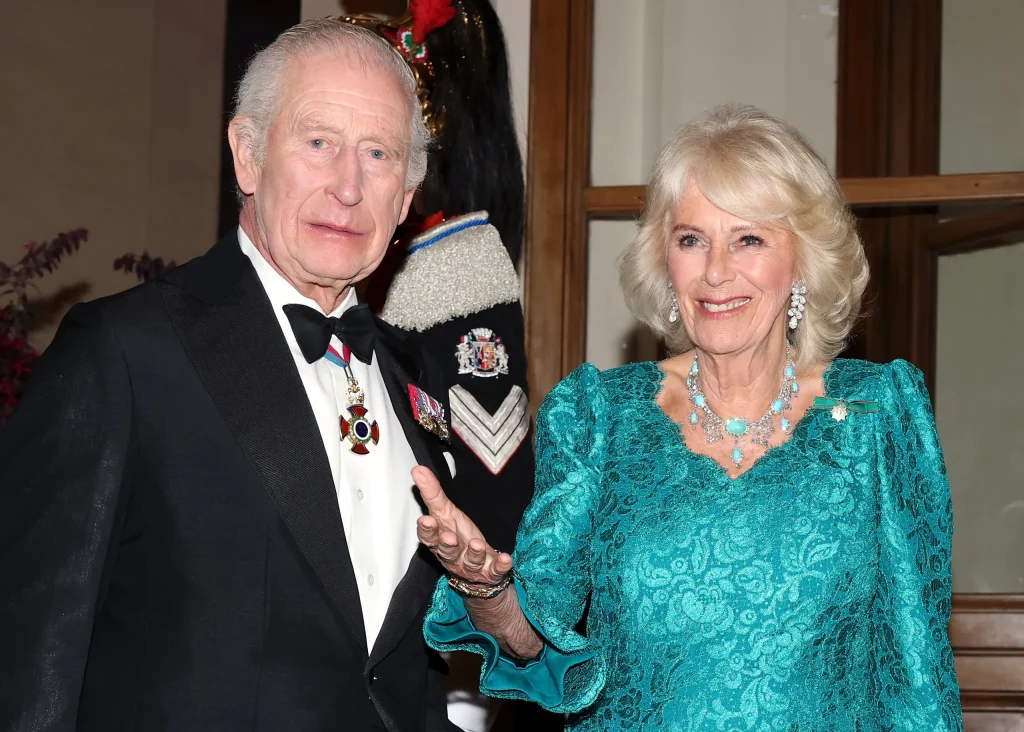
The Legacy of Diana and the Role of Public Memory
Discussions about Princess Catherine and Queen Camilla often bring up Princess Diana, whose legacy still influences views of the monarchy. Diana’s charity work, popularity, and honesty remain central to royal history.
Catherine is praised for her empathy and public service, similar to Diana. Camilla is also recognized for supporting causes Diana cared about, like hospice care and the arts.
Both women seem focused on moving beyond past controversies to uphold the royal family’s mission of service, unity, and continuity.
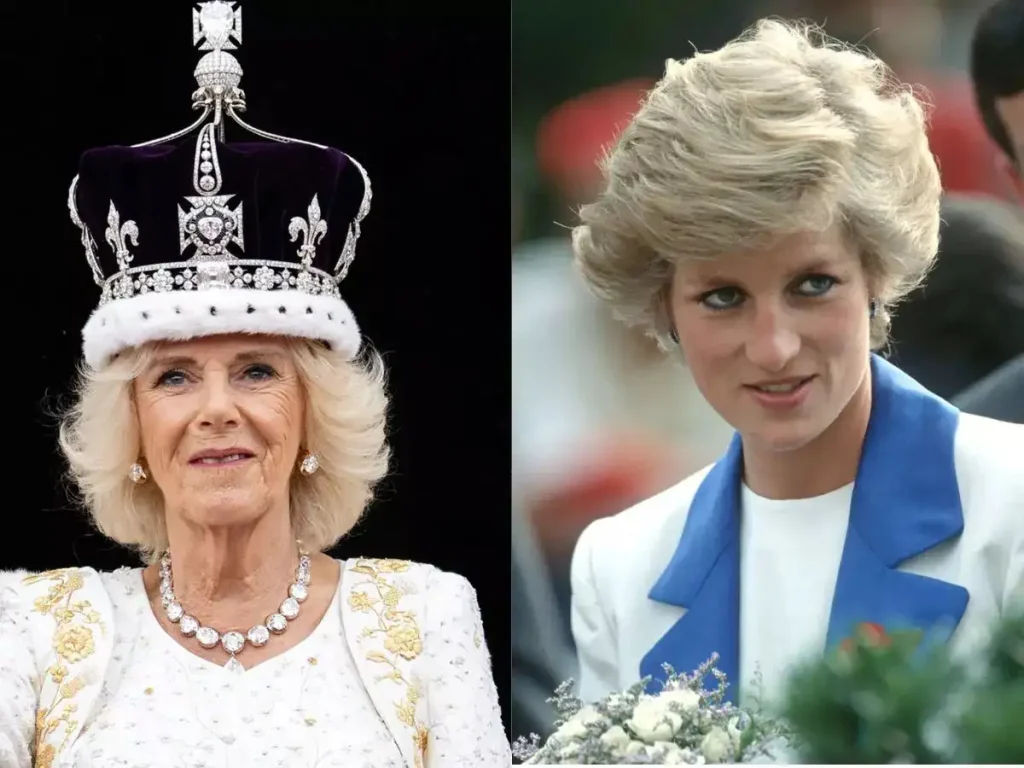
Looking Ahead: Strength in Unity
Despite rumors, senior royals have stood united at key events like King Charles III’s coronation and Trooping the Colour. Photos and statements show professionalism and cooperation.
Buckingham Palace confirms their ongoing commitment:
“Their Majesties and Royal Family members continue to serve with dedication and gratitude.”
Queen Camilla and Princess Catherine’s joint work in ceremonies and charities highlights their shared support for the King and monarchy.
Conclusion: Royal Duty in a New Era
Though rumors persist, evidence shows Camilla and Catherine working together—Camilla with experience and humanitarian focus, Catherine leading modern family initiatives.
The monarchy’s future relies on unity, transparency, and dedicated public service.